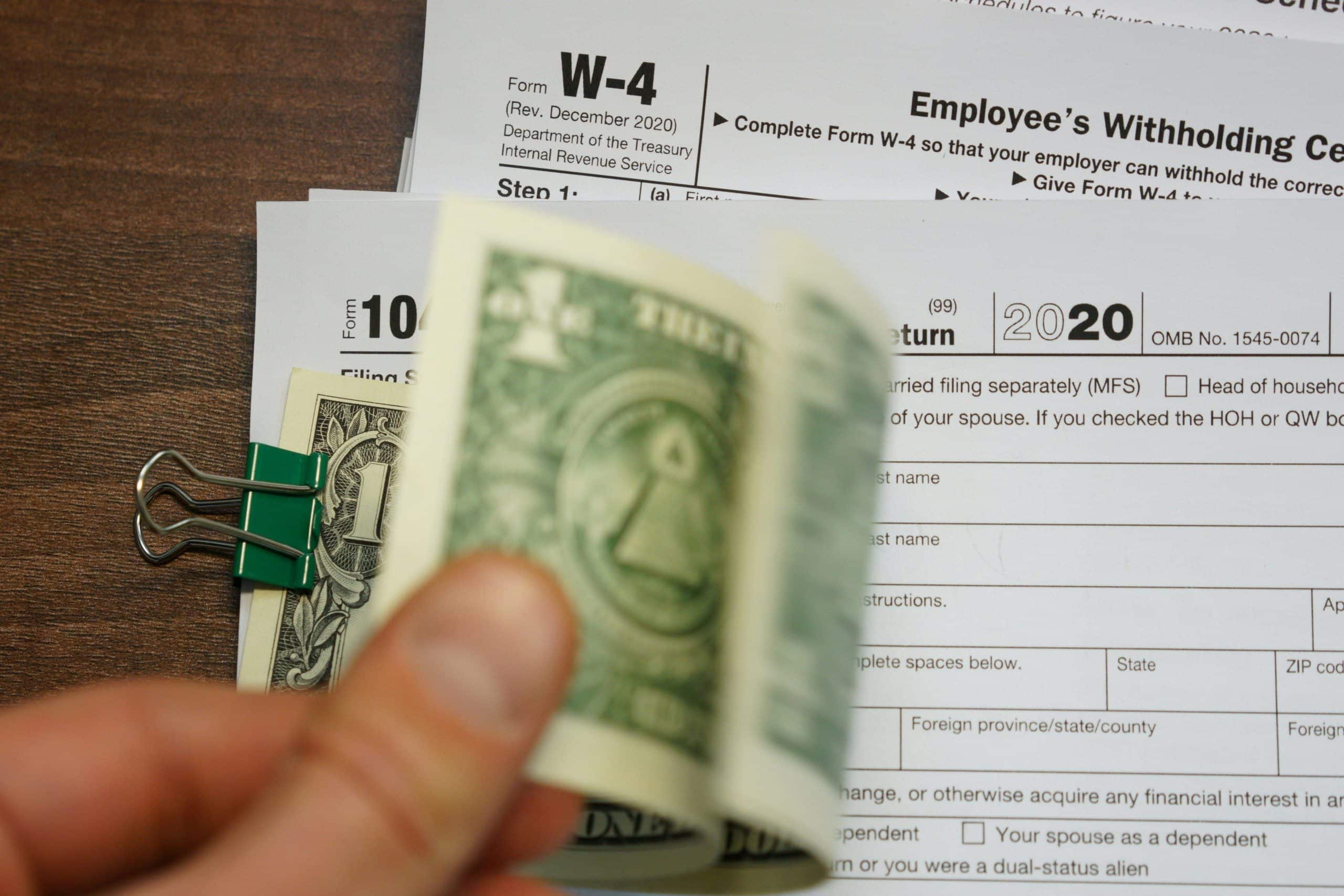The 2023 Carbon Tax Legislation introduces significant changes that will reshape the landscape for UK businesses. As companies adapt to new financial burdens, understanding the ramifications is essential. This legislation aims not only to reduce emissions but also to influence operational costs and investment strategies. Businesses may find opportunities and challenges arising from compliance measures and carbon pricing. Analyze the implications to stay ahead in a rapidly evolving market focused on sustainability.
Overview of the 2023 Carbon Tax Legislation
The 2023 Carbon Tax Legislation marks a significant shift in the UK's approach to addressing climate change. This legislation introduces a comprehensive framework aimed at reducing carbon emissions across various sectors. The main objective is to incentivize businesses to adopt cleaner technologies by imposing a financial cost on carbon emissions. The carbon tax is designed to progressively increase over time, encouraging a shift towards sustainable practices.
A découvrir également : Discover the Newest Ofsted Inspection Updates for Primary Schools in England: What You Need to Know!
Key features of this legislation include a tiered tax structure that varies based on the amount of carbon emissions produced. Industries with higher emissions face steeper taxes, motivating them to reduce their carbon footprint. Additionally, revenue generated from the carbon tax will be reinvested into renewable energy projects and subsidies for green technologies, fostering innovation and sustainability.
The timeline for implementation is structured to allow businesses ample time to adjust. The UK carbon tax 2023 officially comes into effect in April, with incremental increases scheduled annually. This phased approach ensures a smooth transition and provides clarity for industries to plan their carbon reduction strategies effectively. Key dates include an initial review period in 2025 to assess the impact and make necessary adjustments.
A découvrir également : Exploring the Impact of the UK”s 2023 Fishing Quotas on Local Fishermen”s Livelihoods
Financial Impacts on UK Businesses
The financial implications of the 2023 Carbon Tax Legislation are profound, particularly concerning business expenses. As industries adjust to the new tax framework, an expected cost increase will challenge businesses to rethink their strategies. The tiered tax structure means that companies with higher carbon emissions will face more significant financial burdens, directly impacting their profit margins.
In sectors like manufacturing and energy, where emissions are typically higher, the cost analysis reveals a potential squeeze on profits. Businesses must navigate these changes by investing in cleaner technologies or risk absorbing the cost of the tax, which could lead to reduced competitiveness.
Long-term financial forecasts suggest that while initial expenses may rise, companies that adapt quickly could benefit from reduced operational costs associated with energy efficiency and sustainability. Planning for these changes involves strategic investments in green technologies, which, although costly upfront, may lead to savings and increased profitability in the future.
Ultimately, the legislation encourages businesses to consider the broader economic landscape and invest in sustainable practices. This shift not only mitigates immediate financial impacts but also positions companies to thrive in a low-carbon economy.
Operational Changes Required
To align with the 2023 Carbon Tax Legislation, businesses need to undertake significant operational adjustments. Compliance requirements are crucial, necessitating companies to evaluate their current practices and adapt accordingly. This involves a thorough assessment of business operations to meet new tax obligations effectively.
Compliance Requirements
Businesses must ensure they adhere to the tiered tax structure, which demands precise tracking of carbon emissions. Accurate reporting and documentation are essential to avoid penalties. Companies will need to implement systems to monitor emissions continuously, ensuring they remain within allowable limits.
Changes in Operational Practices
Adapting to the carbon tax involves revising operational practices. This might include investing in energy-efficient machinery, altering production processes, or sourcing sustainable materials. Such changes not only help in compliance but can also lead to reduced long-term costs.
Industry Adaptation
Several industries have already begun to adjust. For instance, the manufacturing sector is exploring cleaner production technologies, while the energy sector is investing heavily in renewables. These case studies highlight the proactive steps businesses are taking to align with the legislation, showcasing the broader shift towards sustainability across various sectors.
Strategic Implications for Different Industries
The introduction of the 2023 Carbon Tax Legislation brings varied industry-specific impacts, particularly for high-emission sectors. Industries such as manufacturing and energy face significant challenges due to their substantial carbon footprints. The carbon tax effects necessitate a strategic pivot towards sustainable practices to mitigate financial burdens.
Analysis of Impact on High-Emission Industries
High-emission industries are compelled to reassess their operations. For instance, the manufacturing sector must consider cleaner production methods and invest in energy-efficient technologies. This shift is not only essential for compliance but also critical for maintaining competitiveness in a changing market landscape.
Effects on Renewable Energy and Sustainable Practices
The legislation positively influences the renewable energy sector by creating a fertile ground for growth. As businesses seek to reduce emissions, the demand for sustainable energy solutions increases. This shift encourages investment in renewables, driving innovation and expansion within the sector.
Sector-Specific Strategic Responses
Different sectors are adopting tailored strategies to address the carbon tax. For example, the transportation industry is exploring electric vehicle integration, while agriculture is focusing on sustainable farming practices. These sector-specific responses highlight the diverse approaches industries are taking to align with the legislation, ensuring resilience and sustainability in the long term.
Risk Management and Mitigation Strategies
In the wake of the 2023 Carbon Tax Legislation, businesses must adopt robust risk management and mitigation strategies to ensure resilience. Identifying potential risks associated with the carbon tax is crucial, as it impacts various operational facets. These risks include increased operational costs, supply chain disruptions, and potential regulatory penalties for non-compliance.
To address these challenges, companies should focus on strategies that enhance cost mitigation and operational efficiency. This involves investing in energy-efficient technologies, optimising resource use, and exploring alternative energy sources. By doing so, businesses can reduce their carbon footprint and manage the financial impact of the tax.
Several successful risk management practices have emerged across industries. For example, some companies have implemented comprehensive carbon tracking systems, enabling precise emission monitoring and reporting. Others have formed strategic partnerships with renewable energy providers to secure sustainable energy supplies at competitive rates.
By prioritising these strategies, businesses can enhance their resilience against the financial and operational challenges posed by the carbon tax. This proactive approach not only ensures compliance but also positions companies to thrive in a rapidly evolving economic landscape.
Governmental Support and Incentives
Understanding the government support available under the 2023 Carbon Tax Legislation is crucial for businesses aiming to transition to sustainable practices. The government has introduced various programs to ease the financial burden of adopting green technologies.
Overview of Support Programs
The UK government offers a range of support programs designed to assist businesses in reducing their carbon emissions. These programs are aimed at facilitating the adoption of cleaner technologies and practices. By participating, companies can access resources and guidance to navigate the regulatory landscape effectively.
Financial Incentives for Green Practices
There are significant financial incentives available for businesses committed to sustainability. These incentives include tax breaks and rebates for those investing in energy-efficient equipment and renewable energy sources. Such measures aim to offset initial costs and encourage widespread adoption of eco-friendly technologies.
Grants and Subsidies
Businesses can also explore the potential for grants or subsidies specifically allocated for carbon reduction initiatives. These financial aids are intended to support innovation and development in sustainable practices. By leveraging these options, companies can reduce their financial outlay while contributing to a greener economy.
Public Opinion and Stakeholder Reactions
The introduction of the 2023 Carbon Tax Legislation has sparked diverse reactions across the UK. Public opinion is mixed, with many citizens recognising the necessity of such measures to combat climate change, while others express concern over potential economic repercussions. This dual sentiment reflects a broader societal impact, highlighting the balance between environmental responsibility and economic stability.
Stakeholder Feedback
Stakeholder feedback varies significantly, with businesses and environmental groups often at odds. Many businesses, particularly those in high-emission sectors, voice concerns about the financial strain imposed by the tax. They argue that the legislation could hinder competitiveness and lead to job losses if not managed carefully. Conversely, environmental groups largely support the carbon tax, viewing it as a crucial step towards reducing emissions and fostering a sustainable future.
Societal Impact
The societal impact of public opinion is profound, influencing legislative support and potential future reforms. Policymakers must navigate these varied perspectives to ensure the carbon tax achieves its environmental goals without disproportionate economic disruption. Engaging with stakeholders and addressing their concerns is essential to maintaining public support and successfully implementing the legislation.
Comparisons with Other Countries' Carbon Tax Systems
In examining international comparisons of carbon tax models, it's clear that various countries have adopted diverse approaches. For instance, Sweden's carbon tax, established in 1991, is often cited as one of the most successful, with a high tax rate that has significantly reduced emissions while maintaining economic growth. Similarly, Canada employs a federal carbon pricing system, allowing provinces to implement their own models, provided they meet national standards.
Key differences between these systems and the UK's 2023 legislation include the tiered tax structure unique to the UK, which varies based on emission levels. In contrast, Sweden's model applies a uniform tax rate, while Canada's system offers flexibility to provinces, leading to variations in tax rates and implementation strategies.
Lessons learned from these international experiences highlight the importance of clear regulatory frameworks and the reinvestment of tax revenues into sustainable initiatives. Sweden's success underscores the effectiveness of a high carbon tax coupled with public acceptance, achieved through transparent communication and visible environmental benefits. By analyzing these models, the UK can refine its approach, ensuring the carbon tax not only reduces emissions but also supports economic resilience and innovation.
Future Outlook and Legislative Developments
As the carbon tax evolution continues, several future trends and legislative changes are anticipated. These developments will shape the UK's approach to carbon taxation and its broader impact on the economy and environment.
Predictions for Future Amendments
Experts predict that future amendments to the carbon tax legislation could include adjustments to tax rates and thresholds. As technology advances, the government may introduce incentives for emerging green innovations, ensuring the tax remains relevant and effective.
Political Landscape Impact
The changing political landscapes may significantly influence carbon tax policies. Different administrations may prioritise environmental issues differently, potentially leading to shifts in tax rates or the allocation of tax revenues. This unpredictability requires businesses to stay informed and adaptable.
Long-term Vision
The long-term vision for carbon taxation in the UK involves creating a sustainable economic model that encourages global collaboration. By aligning with international standards and sharing best practices, the UK aims to lead in carbon reduction efforts. This vision includes fostering innovation and ensuring that carbon taxation supports both environmental goals and economic resilience.
















